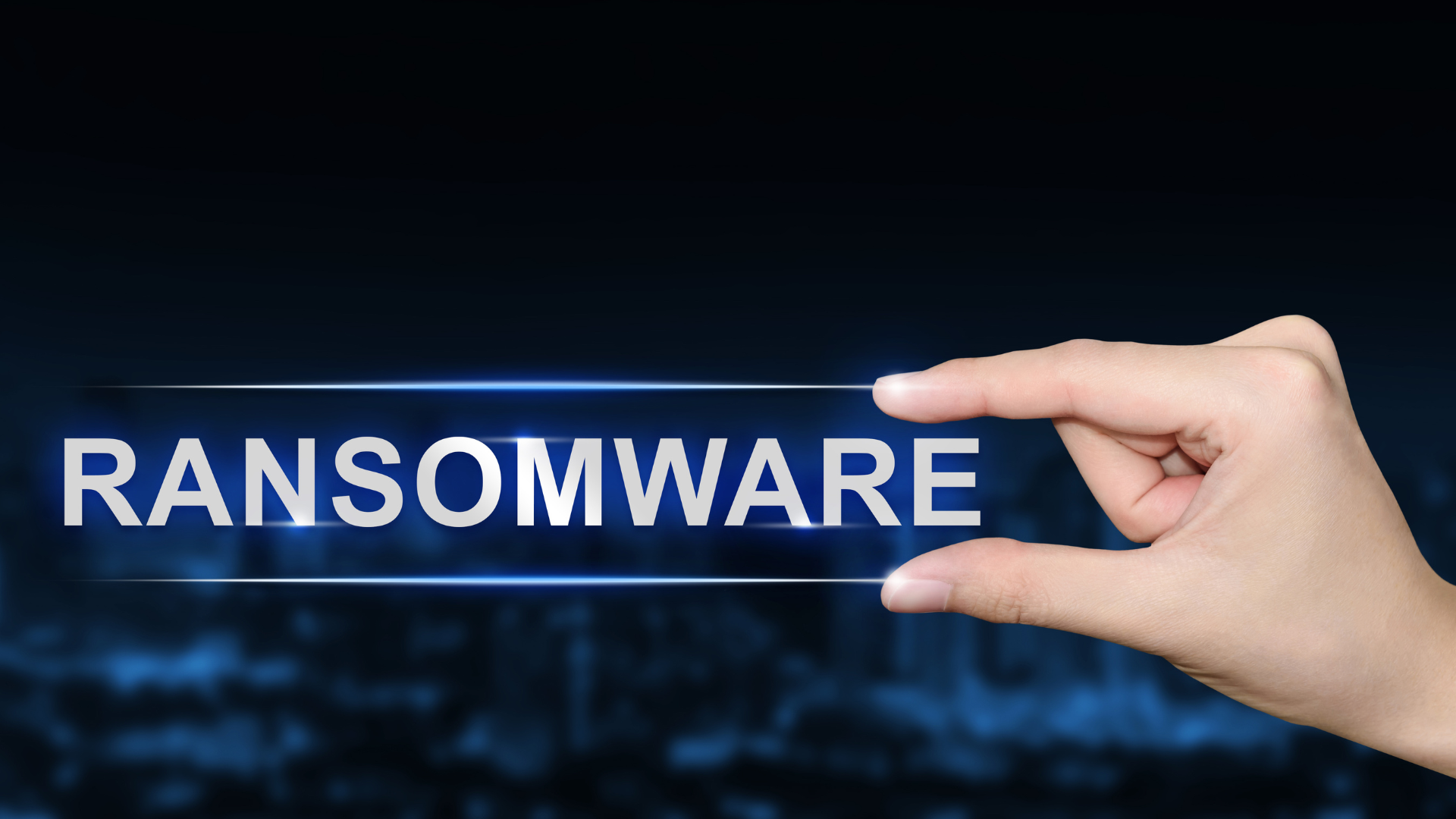What is a Next-Generation Firewall (NGFW) and Why Your Business Needs One?
What is a Next-Generation Firewall (NGFW) and Why Your Business Needs One?
In today’s digital landscape, where cyber threats are becoming increasingly sophisticated, traditional firewalls are no longer enough to protect your business. Enter the Next-Generation Firewall (NGFW), a powerful evolution in network security technology. NGFWs go beyond basic filtering to offer advanced features like application awareness, intrusion prevention, and encrypted traffic inspection.
For small and medium-sized businesses (SMBs), understanding and implementing an NGFW can mean the difference between a secure network and a costly data breach. Let’s dive into what NGFWs are and why they’re essential.
What is a Next-Generation Firewall?
A Next-Generation Firewall is an advanced type of firewall that combines traditional packet filtering with modern security features to protect against evolving threats. Unlike traditional firewalls, which focus solely on controlling traffic based on IP addresses and ports, NGFWs provide deeper visibility and control by analyzing traffic at the application level.
Key features of an NGFW include:
• Application Awareness: Identifies and manages traffic by application, not just ports and protocols.
• Intrusion Prevention System (IPS): Detects and blocks malicious activity within the network.
• Deep Packet Inspection (DPI): Analyzes the contents of data packets for threats.
• Encrypted Traffic Inspection: Examines encrypted data to detect hidden threats.
• Integrated Threat Intelligence: Uses real-time updates to block known malware, phishing sites, and other threats.
How NGFWs Differ from Traditional Firewalls
Traditional Firewalls:
• Operate at layers 3 and 4 of the OSI model (network and transport).
• Filter traffic based on IP addresses, ports, and protocols.
• Limited to basic rule-based security.
Next-Generation Firewalls:
• Operate at layers 3 through 7, providing deep visibility into application-level traffic.
• Offer advanced features like IPS, DPI, and threat intelligence.
• Can identify and block specific applications (e.g., social media apps) and prioritize business-critical ones.
NGFWs offer a proactive approach to security, addressing modern threats that traditional firewalls cannot detect.
Why SMBs Need a Next-Generation Firewall
Protection Against Evolving Threats
Cybercriminals are constantly developing new tactics, from zero-day exploits to ransomware. NGFWs use real-time threat intelligence and advanced detection to identify and block these attacks.
Application Control
With application awareness, NGFWs allow businesses to control how employees use bandwidth. For example, you can block non-business-related applications while prioritizing mission-critical ones.
Enhanced Network Visibility
NGFWs provide detailed insights into traffic patterns, helping you identify anomalies and potential security gaps.
Compliance Requirements
Many industries, such as healthcare and finance, require businesses to meet strict security standards. NGFWs offer the tools needed to comply with regulations like HIPAA, GDPR, and PCI-DSS.
Cost Efficiency
While NGFWs may seem like a larger investment upfront, they consolidate multiple security functions into one solution, reducing the need for additional tools and lowering long-term costs.
Key Features to Look for in an NGFW
If you’re considering a Next-Generation Firewall for your business, here are some features to prioritize:
• Integrated IPS: Protects against known and unknown threats in real time.
• SSL/TLS Decryption: Inspects encrypted traffic for hidden malware or phishing attempts.
• Cloud Integration: Supports hybrid or cloud-based environments.
• User Identity Integration: Provides security policies based on user roles and behavior.
• Scalability: Can grow with your business as your network expands.
How NGFWs Improve Cybersecurity Assessments
If you’ve recently completed a Cybersecurity Assessment, you may have identified areas where your network security can improve. NGFWs address many of the vulnerabilities commonly found in small business environments, such as:
• Insufficient visibility into application traffic.
• Weak intrusion prevention measures.
• Limited protection against encrypted threats.
Steps to Implement an NGFW
Assess Your Needs
Identify your business’s security requirements and potential vulnerabilities.
Choose the Right NGFW
Look for a solution that fits your budget and provides the features your business needs.
Integrate with Existing Tools
Ensure the NGFW works seamlessly with your current IT infrastructure.
Train Your Team
Educate employees on how to manage and monitor the firewall.
Monitor and Update
Regularly review your firewall’s performance and apply updates to stay protected.
Conclusion
A Next-Generation Firewall is more than just a network security tool—it’s a comprehensive solution for modern cybersecurity challenges. For SMBs, NGFWs offer the perfect balance of protection, performance, and cost-efficiency, ensuring your network stays secure against today’s advanced threats.
Ready to take the next step in securing your business? Start with a Free Cybersecurity Assessment to evaluate your current security posture and learn how an NGFW can fit into your strategy.










